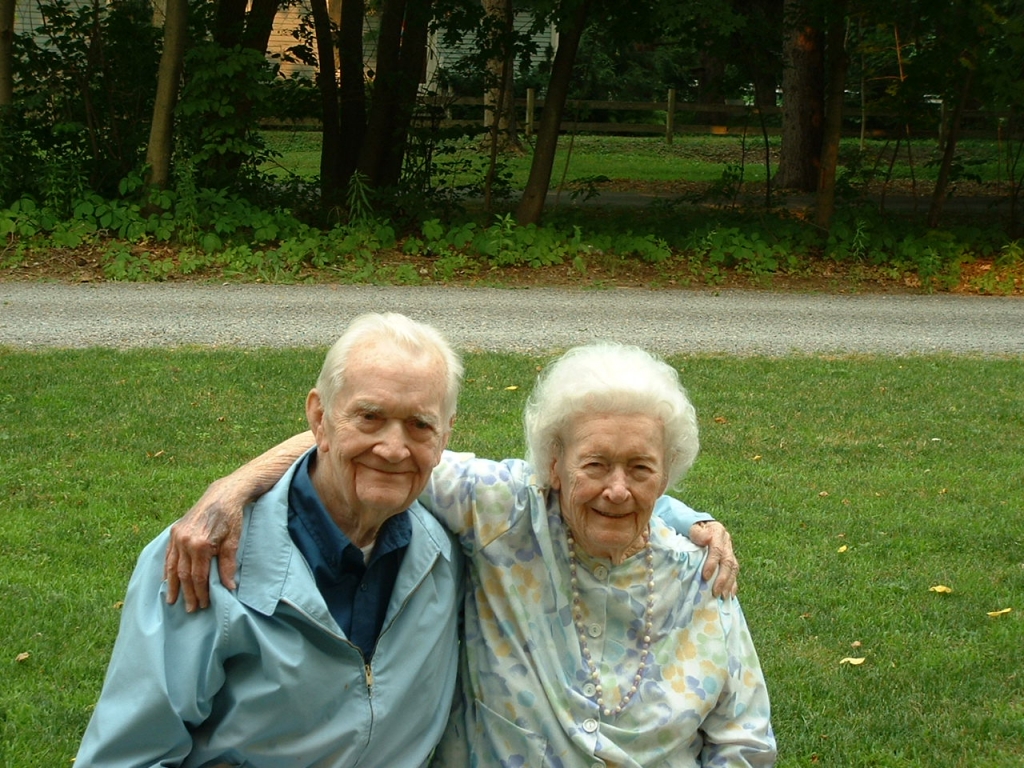
In a letter to his daughter 67 years later, Carnegie Medal awardee George Russell Blair recalled his dramatic rescue of a 9-year-old boy from the icy waters of Cazenovia Lake in Buffalo, N.Y., in 1929. Blair was the great-uncle of Philip Scholz, who was awarded the medal posthumously in March. (See accompanying article.)
“I recall that on Jan. 18, 1929, we had a similar ice jam and flood in South Buffalo,” Blair wrote, referring to ice floes and flooding in Ohio in 1996. “Cazenovia Lake flooded and had ice chunks floating in it.” A day later, Blair, then 12, and several other boys were playing about the lake, as was John Salley, 9, whom Blair did not know. “Salley slipped off a chunk and sank below the water,” Blair recalled. “I ran over, jumping from chunk to chunk, lay down on one, and reached into the water with a three-foot piece of tree limb about two inches in diameter. I felt him, pulled him up, and hauled him onto the ice cake I was on. It started to sink, and I leaped to another cake. I ran to shore.”
While Blair—reportedly a poor swimmer—was acting in behalf of Salley, Walter F. Liddle, 38, a carpenter who was the father of seven, was crossing the ice to them, but he fell into the water about 20 feet away. Two boys, Charles Raymond Griffin and Wesley C. Patton, both 15, attempted to save him but were unsuccessful. He drowned. Liddle, Griffin, and Patton were also awarded the Carnegie Medal.
“About 200 adults watched from the shore,” Blair wrote. “I stopped a car on Cazenovia Street and asked the man to get the police. He gave me a dirty look and said, ‘Get the hell out of my way.’ So I ran home to 311 Cumberland and told my father, who was angry because I’d gotten my clothes wet.”

